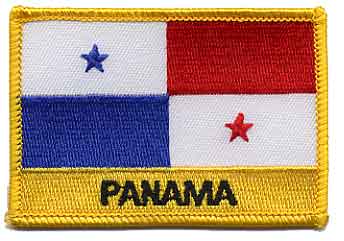

| Panama |  |
|
|
Panama Canal - January 1995 Vicky Blitz [Continued from Costa Rica] We were aboard the cruise ship, Regent Star, and already running late when we arrived at the Panama Canal, but we sat outside the locks for half the morning waiting to get in. It seem there are normally two canal lanes ( I hadn't thought about that), one coming and one going and on this morning of our arrival, one of the locks was broken, which meant that all ships, those coming and those going, had to take turns using the same lock. The canal is a monumental feat of engineering and for any engineer
(Bob's profession) it is At last we arrived at Lake Gatun and we pulled off to the side and sat for the next several hours while other ships passed through the locks and then we took our turn late in the day. All of this was a bit annoying because at dinner, they then announced that we were so far behind schedule, our stop in Cartegua, Columbia would have to be cancelled. There were a lot of disappointed people, myself included. But still, some day I will have to do the other four locks on the Pacific side of the canal, but it won't be a high priority. [Continued: Click on Countries - Aruba] Panama Paola Gianturco and Toby Tuttle from their book In Her Hands: Craftswomen Changing the World
Kuna girls learn to sew molas when they are
about eight. Although mothers traditionally Gianturco and Tuttle photographed and interviewed ninety craftswomen in twenty-eight villages in twelve countries on four continents. For more information, visit: www.HerHands.com Editor's Note: The above was obtained from the calendar, In Her Hands - Craftswomen Changing the World, published by Pomegranate Communications, Inc. Box 6099, Rohnert Park, California 94927, USA. For more information or to place an order: 800-227-1428; Think Globally - Act Locally - Pray for World Peace |